Lactation and Breast Feeding
Regulation of lactation - breast preparation • Pregnancy hormones trigger breast changes to prepare for feeding the new baby. • The amount of the hormone prolactin, essential to the initiation of lactation, increases steadily throughout pregnancy. • However, high levels of both estrogen and progesterone during pregnancy inhibit the action of prolactin on mammary tissue, so no milk production occurs. • After birth, levels of estrogen and progesterone drop and inhibition of prolactin action on the mammary glands ends. Milk formation (prolactin) • After parturition, the primary stimulus for prolactin production is the sucking action of the baby. • Stretch receptors in the breast send nerve impulses to the hypothalamus. • The impulses inhibit a prolactin-inhibiting hormone (PIH) and stimulate a prolactin- releasing hormone (PRH). • Increased PRH triggers the release of prolactin from the anterior pituitary. • Prolactin circulates to the alveoli of the mammary gland and promotes lactation. Relactation of lactation - milk ejection (oxytocin): • Once milk is formed it is ejected (let down) by the action of the hypothalamic hormone, oxytocin • The primary stimulus for oxytocin production is the sucking action of the baby. • Stretch receptors in the breast send nerve impulses to the hypothalamus. • The impulses stimulate the production of oxytocin. • Oxytocin circulates to the myoepithelial cells, surrounding the alveoli of the mammary gland, which contract and force the milk out of alveoli into the ducts where is can be suckled.
Add To
You must login to add videos to your playlists.
Advertisement




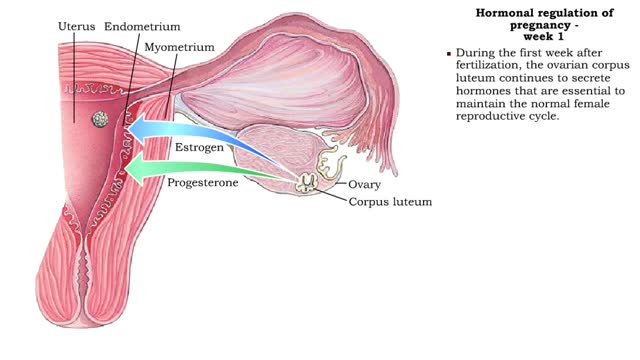
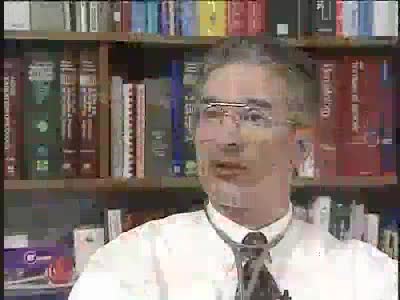
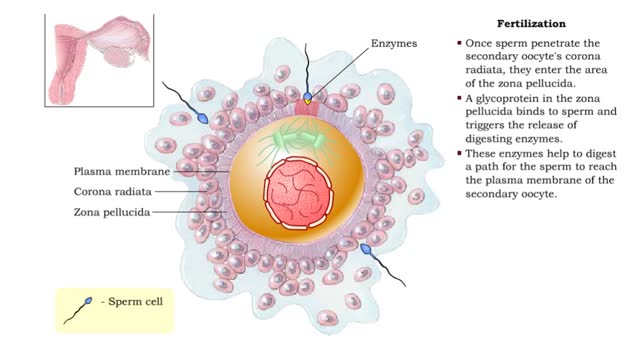
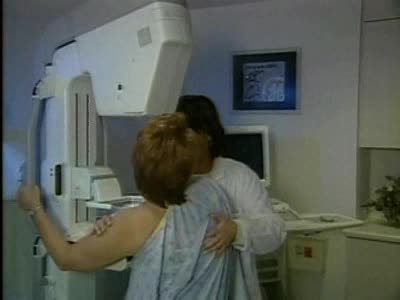
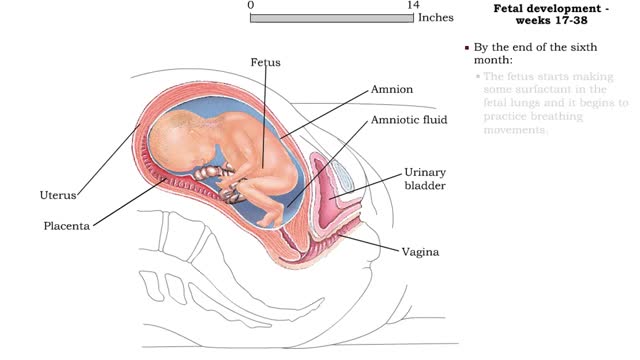
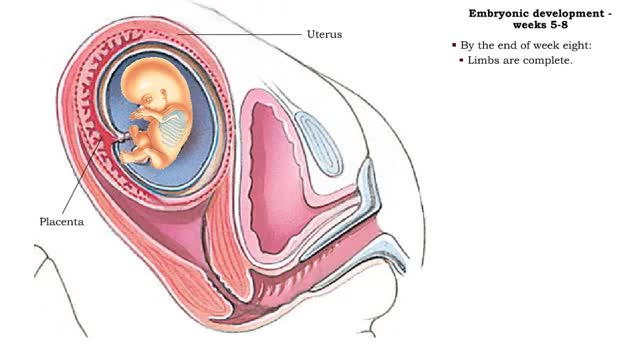

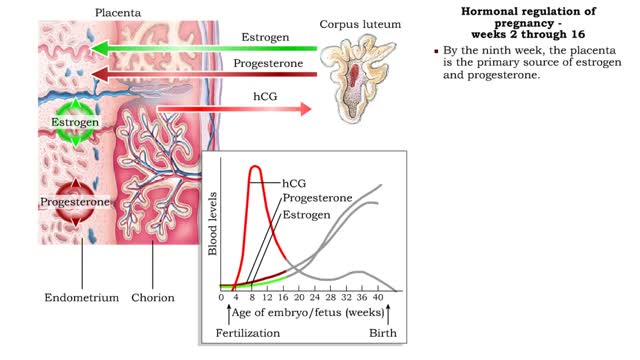
Comments
0 Comments total
Sign In to post comments.
No comments have been posted for this video yet.